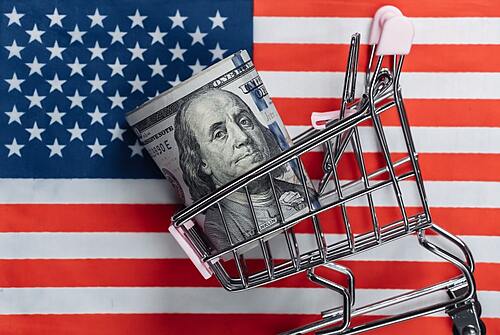
The new U.S. president’s proposed trade reforms — including tariffs of up to 60% on Chinese imports — are sparking concern across the e-commerce world. For Amazon sellers, this uncertainty brings risks but also opportunities. Here’s what you need to know and how to adapt your business strategy.
Tariffs: A Real Threat or Overblown Concern?
Campaign promises suggest tariffs as high as 60% on Chinese goods, 25% on Mexican imports, and 10% on allied nations. While alarming, most analysts expect:
Tariffs to target specific categories (e.g., electronics, solar panels).
Gradual implementation to avoid inflation shocks.
For sellers, everyday categories like kitchenware, home goods, or accessories may remain unaffected in the short term.
Probabilities and Uncertainty
Political statements do not always translate into policy. Tariff hikes require time, approvals, and compromise. The takeaway for Amazon sellers: plan for different outcomes but avoid panic. Flexibility is your competitive edge.
How to Protect Your Amazon Business
1. Ship Inventory Early
Move ready-to-ship stock from China now. This creates buffer inventory, stabilizes your supply chain, and protects your Amazon FBA ratings.
2. Optimize Logistics and Tariffs
Request tariff reclassification by documenting strategic or social importance. Example: kitchenware as “household essentials.”
3. Review HS Codes
Find narrower subcategories with lower tariffs and file for reclassification. This can cut costs and reduce customs delays.
4. Localize Production
With a proposed corporate tax cut to 15%, U.S. assembly or packaging lines become viable. Local assembly reduces tariff exposure and improves brand perception.
Opportunities Behind the Risks
For experienced sellers: Optimize supply chains, cut costs, and localize production to strengthen long-term positioning.
For new sellers: Market shifts create entry points. Strong knowledge of Amazon SEO, PPC, and product research will be key.
Conclusion: Adapt to Change
Change always creates winners and losers. Sellers who stay proactive — by optimizing logistics, exploring HS codes, and considering localized production — will not only survive but thrive. On Amazon, flexibility and adaptability are your strongest competitive tools.
FAQ: People Also Ask
Don't dismiss this as run-of-the-mill marketing fluff - our FAQs provide substantive information worth your attention.
